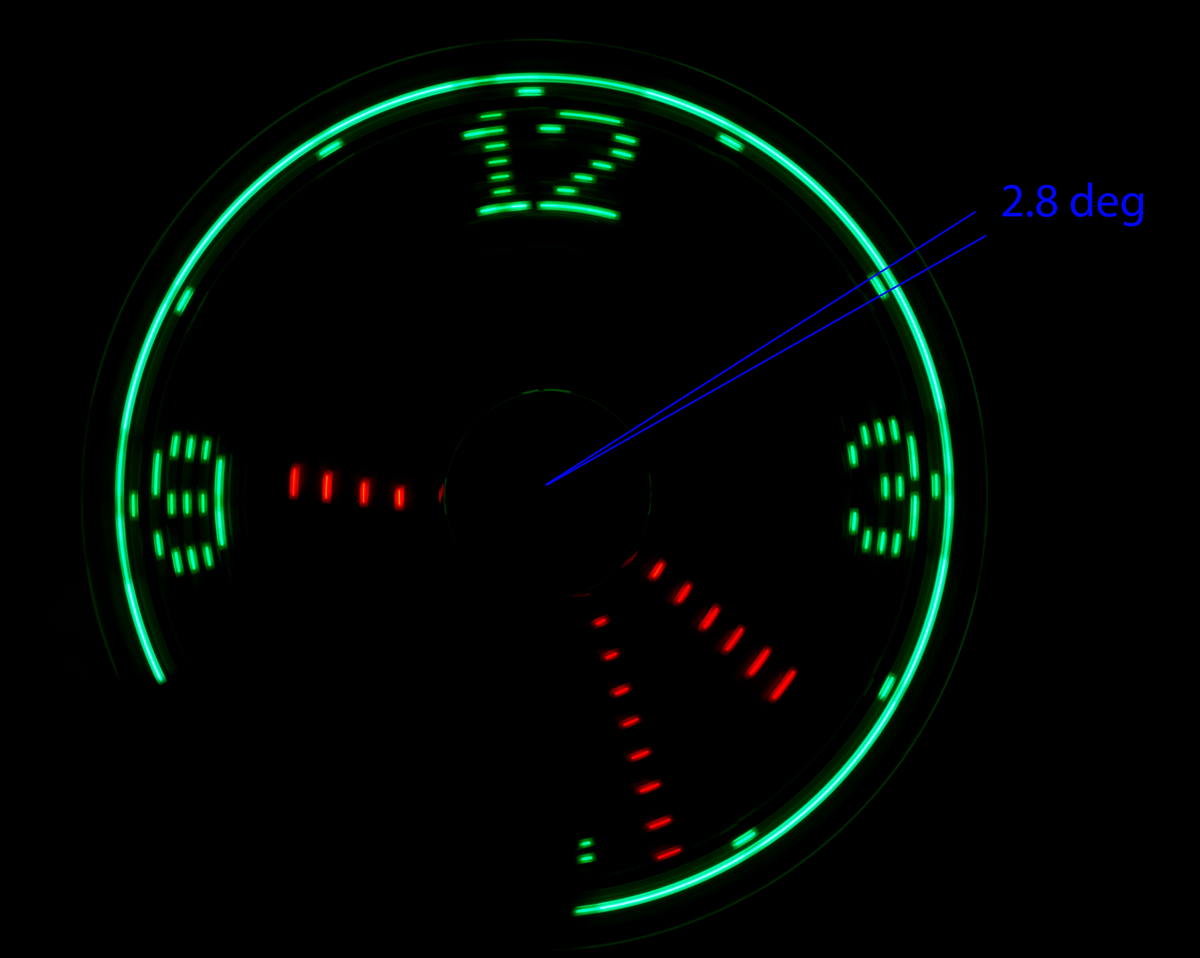Did not know where else to ask about this, so if it is off-topic I would gladly take some pointers as to where the correct place would be. I would like to make one of those spinning LED fans that can project an image that looks like a hologram. I am not looking for anything with big resolution, just want to try it out, see if it is possible. So I have a couple of questions:
Is 30 Hz frequency for the fan enough to be able to see images without lag? I'm basing this off of the fact that 30 fps is needed for a video to be smooth for a human, so if a fan is spinning 30 times in a second, that means a human won't be able to see it? If this is correct, would a 6VDC 340mA motor which can spin at 14400rpm (thats 240 Hz) be enough?
What LED density should the LED matrix on the fan be in order for the images be recognizable? Or is a LED strip a better idea?
I'm thinking that the controls should go to an Arduino. Is that at least possible? I think I should be able to divide a circle into 30 parts and control which LED's should be on in each section of a revolution.
EDIT: Let's say I want to control an 4x8 RGB LED matrix (something like this https://www.adafruit.com/product/2945). I want to plot simple pictures like an arrow or a drawn cat face. While searching I thought the MAX72XX ICs would work for this? The picture I think would be sent via USB (or something similar because MAX72XX support SPI) form the computer, one at a time.

